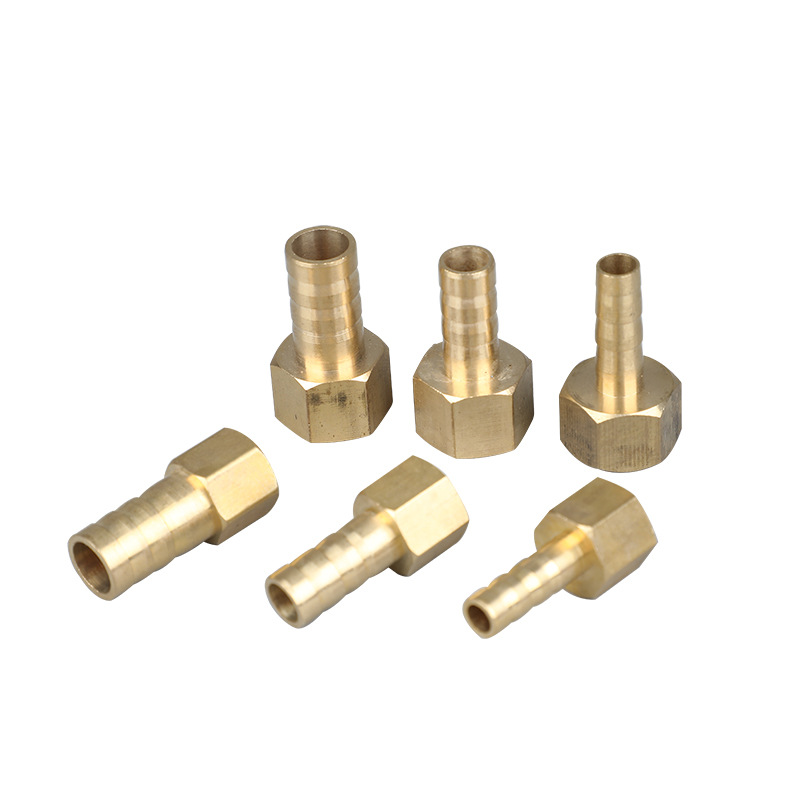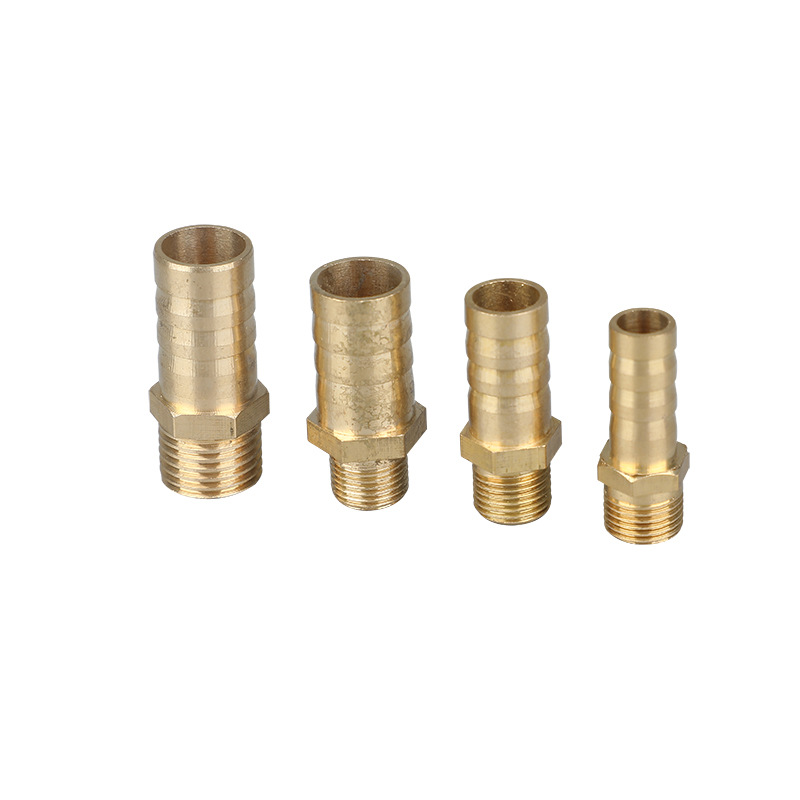When it comes to pipe connections, the male and female threaded pagoda joint is an essential accessory. This type of joint features both internal and external threads, making it a versatile and reliable option for connecting pipes or equipment. The internal thread allows it to connect to external threads, while the external thread connects to the internal threads. This makes it a highly adaptable and functional choice for a wide range of applications.
The structural features of the internal and external threaded pagoda joint are designed to provide stability and sealing. The pagoda-shaped design of the threaded part increases the contact area between threads, ensuring a secure and reliable connection. This design also enhances the operational convenience during installation and removal, providing users with a better feel and ease of use. These features make the pagoda joint an ideal choice for applications where a strong and leak-proof connection is essential.
In terms of materials, internal and external threaded pagoda joints are typically constructed from copper, stainless steel, iron, or other suitable materials for pipe connections. The choice of material depends on the specific requirements of the application, such as corrosion resistance, high temperature resistance, and pressure resistance. By selecting the appropriate material, users can ensure the longevity and reliability of the joint in different environmental conditions and media.
The applications of the internal and external threaded pagoda joint are diverse and widespread. They are commonly used in various pipeline systems, including the transmission of water, gas, oil, chemicals, and other fluids. Common application areas include building water supply and drainage, air conditioning and refrigeration, industrial automation, petrochemical industry, agricultural irrigation, and more. This versatility makes the pagoda joint an indispensable component in a wide range of industries and applications.
When selecting and using internal and external threaded pagoda joints, it is essential to consider a few precautions. First, it is crucial to determine the required pipe diameter and thread specifications to ensure a proper fit. Additionally, selecting the appropriate material and pressure level based on the working pressure and temperature is essential for the joint's performance and longevity. When connecting, using suitable sealing materials, such as raw tape or sealant, can help prevent leakage. Lastly, regular checks on the tightness and sealing performance of the joints are crucial, and any worn or damaged parts should be promptly maintained or replaced.
In conclusion, the internal and external threaded pagoda joint is a reliable and versatile pipe connection accessory with a wide range of applications. With its structural features, material options, and precautions for selection and use, it provides a strong and leak-proof connection, making it an essential component in various industries and pipeline systems. Whether it's for water supply, chemical transmission, or industrial automation, the pagoda joint offers the stability, reliability, and convenience needed for efficient and secure pipe connections.


Post time: Dec-22-2023
